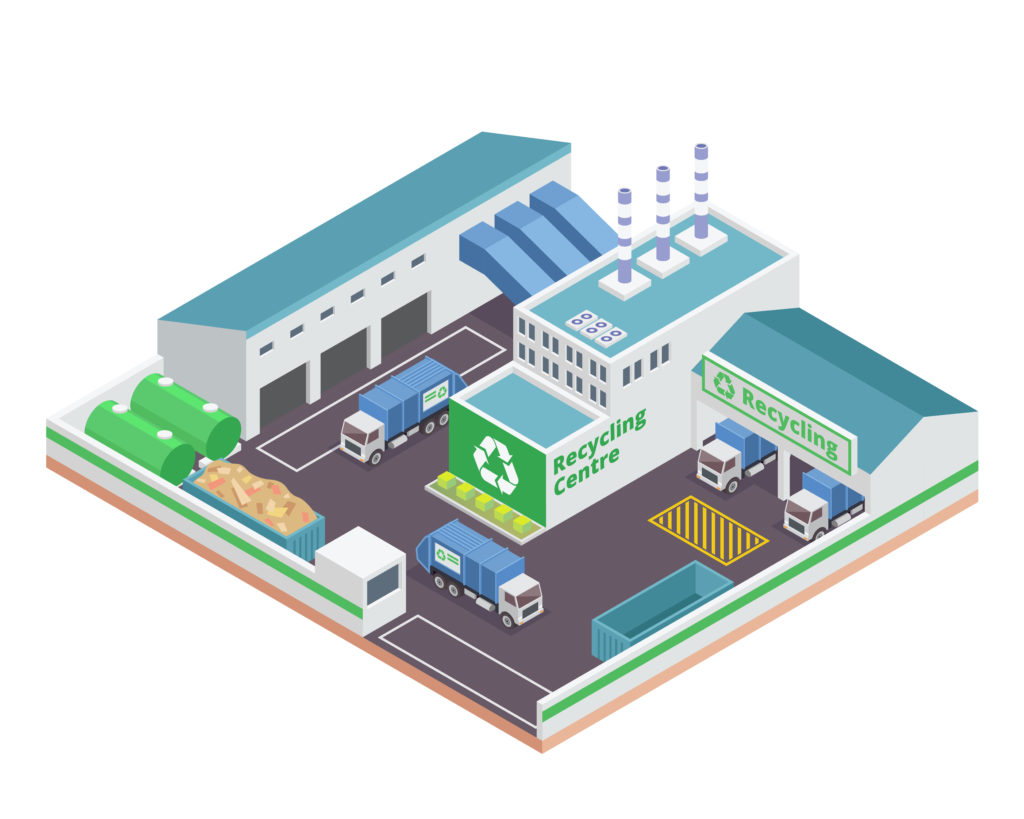As climate change continues to adversely affect everything from weather patterns to the world economy, companies are doing more than ever to implement environmentally sustainable business practices. For companies in the logistics industry, that has generally meant assessing more efficient delivery systems, energy consumption, and eco-friendly vehicle fleets.
Less attention has been paid to the role of warehouses in enabling greener supply chains. But building sustainable warehouses has become more critical as a warehouse building boom unfolds across the country, raising grave concerns about pollution and energy use.
Companies can help fight climate change by implementing the following strategies to develop sustainable warehouses. These strategies can also enhance a company’s brand and help its bottom line, as a greener warehouse can be a leaner, more cost-effective facility.
Choose Locations Wisely
Choosing the right location is key to developing sustainable warehouses. Sites located near efficient transportation hubs and population centers can help minimize the amount of time vehicles spend traveling to and from a warehouse. A carefully chosen site with well-designed roadway access can also lessen the time vehicles spend idling near the facility. These conditions will cut the level of greenhouse gas emissions generated by a delivery fleet and lower that fleet’s fuel costs.
Constructing a site close to population and business centers reduces the need for additional infrastructure, as streets, water pipes and utility lines are already in place. Retro-fitting an existing structure not only lowers costs but lessens power and fuel use, placing less strain on the environment.
Design Energy-Efficient Warehouses
Commercial buildings like warehouses account for nearly 20 percent of energy consumption in the United States, requiring a massive allocation of energy from grids still largely powered by fossil fuels. Companies can develop more sustainable warehouses by making them as energy efficient as possible.
Ensuring a warehouse is properly insulated cuts down significantly on energy use for heating and cooling, while also keeping warehouse employees comfortable. Automated sensors can be used to control lights, machinery, and refrigeration units, minimizing their energy consumption. These technological innovations not only cut down on energy use but help improve product flow and minimize human error.
Lighting is generally the largest contributor to a warehouse’s energy consumption. Companies committed to developing sustainable warehouses should use LED (light-emitting diodes) bulbs for their lighting needs. These bulbs last longer, reduce unwanted heat generation, and lower a building’s total energy consumption.
Use Recyclable and Eco-Friendly Materials and Equipment
Whenever possible, warehouses should make use of recyclable and eco-friendly materials and equipment. There are a wide variety of biodegradable or recyclable packing materials available for warehouse use. Businesses can invest in vehicles such as electric forklifts, instead of renting or purchasing gas-powered forklifts.
Companies committed to developing sustainable warehouses should use lightweight, durable, and recyclable plastic pallets instead of wood pallets. Wood pallets break more easily, shedding splinters, nails, and debris that can foul equipment. The resulting delays and disruptions can drive up energy usage and costs. Most wood pallets no longer in use wind up in landfills, which contribute to pollution. They can also endanger marine ecology when their contents are dumped into bodies of water.
iGPS plastic pallets, by contrast, generally last four times longer than wood pallets and are 100% recyclable. At the end of their useful lifespans they are broken down and remolded into new pallets again. .
Companies can also partner with a plastic pallet pooling company instead of purchasing and managing their own pallets. This can lower operational and management costs, along with a company’s Total Cost of Business (TCOB), and makes the most efficient use of a recyclable pallet pool. A good pallet pooling company will ensure their clients have a ready supply as needed, reducing waste and energy use throughout a supply chain.
As the warehouse building boom continues it becomes critical that businesses implement strategies to make warehouses more eco-friendly. Companies that commit to developing sustainable warehouses will help fight the adverse effects of climate change while lowering their operating costs.
Companies committed to developing sustainable warehouses use iGPS plastic pallets for all their shipping needs. Our pallet pooling program helps reduce waste, energy use, and lowers Total Cost of Business. For more information, contact us at 1-866-557-0047, email a specialist at switch@igps.net, or visit our contact page.



